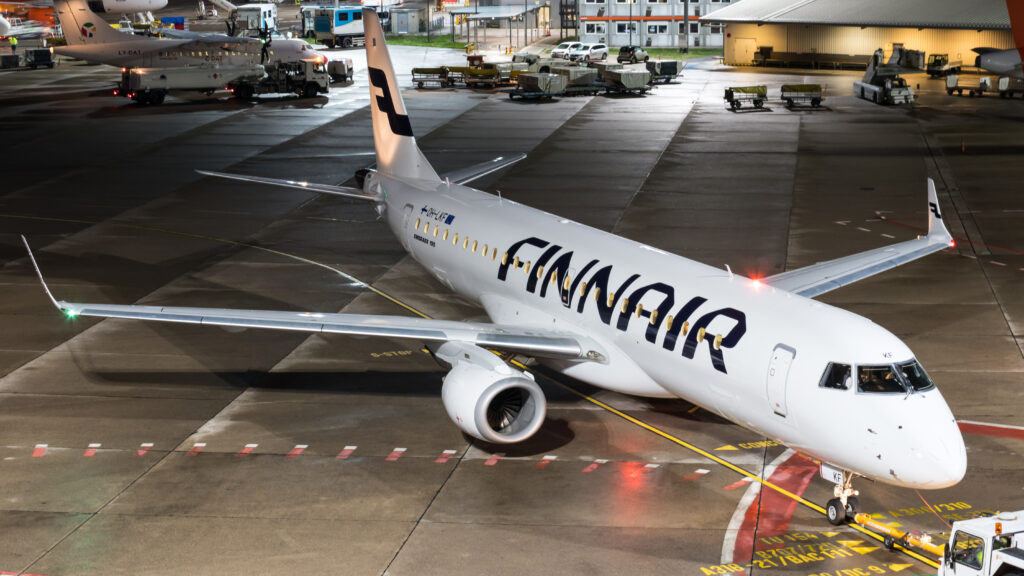Finnair has reported passenger load factors for March to be “on par” with pre-pandemic levels as it sees robust demand.
Finnair: Fading Impacts of the Pandemic

The Finnish flag carrier reportedly carried 953,000 passengers in the month. This was an increase of over 55% compared to the same month in 2022. It was also a 15.7% increase on February 2023.
The airline suggested it was seeing the impacts of the pandemic fading as it improved its passenger figures year-on-year. The news comes as the airline announced its largest summer schedule since 2020 at the start of March.
However, the airline was seeing a slight reduction in routes and frequencies due to airspace restrictions in Russia. The impact was prevalent on Asia-bound traffic.
Of note, the distance-based traffic figures do not take into account longer routings around airspace restrictions – they are all based on Great Circle distances. The distance-based reported traffic figures do not take into account longer routings caused by the airspace closure as they are based on Great-Circle distance.
[monsterinsights_popular_posts_inline]
Airline capacity is measured in Available Seat Kilometres (ASKs). For the Helsinki-based carrier, ASK increased by 27% in March year-on-year and almost 12% month-on-month. Its Revenue Passenger Kilometres (RPKs) also increased by almost 88% year-on-year and 15.6% month-on-month.
Finnair saw an increase in its Passenger Load Factor by 25.1 percentage points year-on-year and 2.5 percentage points month-on-month. This resulted in a Load Factor only 0.6 percentage points below that of March 2019.
ASKs increased the airline’s Asian traffic by 87.0% year-on-year. This was driven by the easing of restrictions in the continent and the slow return of demand to such destinations. Asian traffic RKPs also increased by 265%.
In other parts of the network, ASKs increased in various areas. Europe traffic ASKs increased by 12.5% with RPKs also increasing by almost 40%. The airline’s Middle East capacity increased by 539.3% – this is attributed to the cooperation with Qatar Airways that began in November 2022. RPKs in Middle East network traffic increased by 507.2%.
The Asia and Middle East Markets saw an increase in passenger numbers by 251% and almost 40%, respectively, for the airline, year-on-year. As areas with some of the most stringent travel restrictions, the large increase in these markets can be linked to the easing of measures in these regions.
However, capacity to North American destinations decreased by almost 43% due to the cessation of North American routes from Stockholm at the end of October 2022.
Cargo Improvements
The airline saw an increase in cargo figures year-on-year in the month. This was attributed to the company’s cooperation with Qatar Airways and increased capacity for Asian destinations. This was despite a cut in operations between Sweden and the USA, including cargo capacity.
Available scheduled cargo tonne-kilometers, a measure of cargo capacity, increased by over 28% year-on-year. Revenue scheduled cargo tonne-kilometers increased by 18.3%.
The total cargo tonnes (including cargo-only operations) increased by 16.3% year-on-year. Month-on-month increase of 14.6% was mainly explained by the longer month.
As a final note, Finnair saw an on-time performance rate for March of 84.6%.









